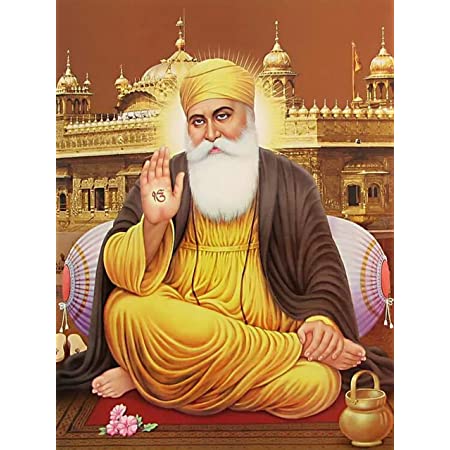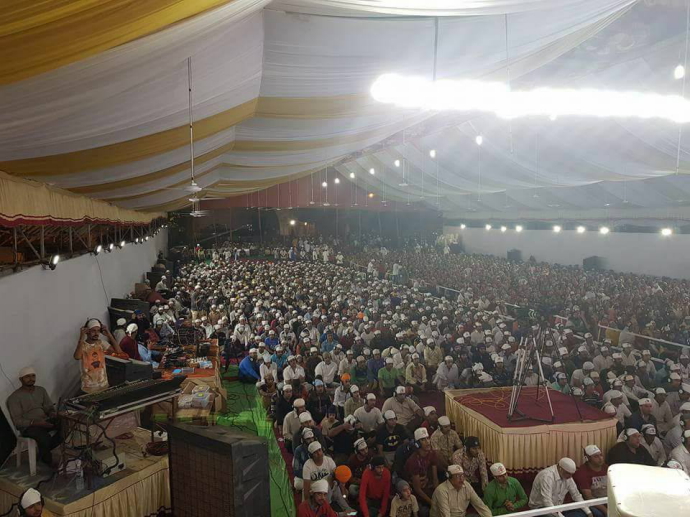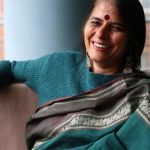
Dispersed over different parts of India like other Partition migrants from Sindh, the Sindhi Sikhs are an urban population. As migrants they lived close to Sindhi Hindus in refugee camps and continue to have social and business transactions with them.
By Rita Kothari and Jasbirkaur Thadhani
[Authors’ Note: This paper argues for the inclusion of ‘Sindhi Sikhs’—a minor group in terms of religion, language and number—into the archives of Partition, Sindh and Sikh scholarship. Terming this group as the ‘missing people’, we draw attention to contexts that might have made them slip through the cracks of the three archives. At a more fundamental level, the paper critiques the processes by which strait-jacketed definitions of a ‘Hindu’ or a ‘Sikh’ make invisible those who, in the logic of modern nations, appear to have oxymoronic identities. What role did Partition play in this matter? Did Partition cause further ruptures, and what kinds of negotiations did the Sindhi Sikhs undertake during and after Partition?]
In the course of research for this essay, we often faced puzzled looks. When mentioning that we were writing a paper on the Sindhi Sikhs, variations of questions such as ‘You mean Sardars, right? But aren’t they Punjabis?’ followed in some cases, and in others, complete silence at what appeared to be a strange category. The combination of scant knowledge about the Sindhi community in general, and the synonymy assumed between ‘Punjabi’ and ‘Sikh’, made it incumbent on us to provide apposite information on Sindhis as well as the historically trans-regional character of Sikhism. One of our young (in her thirties) respondents, Manpreet Chandanani, revealed how she faced such questions even during formal interviews. She was asked if she was a ‘converted Sikh? ‘Experiencing the illegitimacy conferred upon her by such a question, she asked us why we thought these questions were being asked and whether they would have been asked had her community continued to live in pre-Partition Sindh. While an answer to that question may point us to the symptomatic nature of identity formation in contemporary India and its strait-jacketed definitions, we felt a beginning had to be made by exploring the life of Sindhi Sikhs in Sindh and their migration to post-Partition India. Our interviews focused upon the historical and psychological dimensions of a partition community. The ramifications of that experience, as well as new morphologies of region, language and religion in post-Independence India, are certainly important to us; however, we must first introduce the Sindhi Sikhs as a community that exists and also as a subject of Partition. Meanwhile, there are three possible archives in which we ought to have expected Sindhi Sikhs to figure: Partition; studies on the Sindhi community; and Sikhism. But the Sindhi Sikhs are missing from all three. By bringing out this story, we hope to explore the following questions: what memories of a pre-Partition Sindh do the Sikhs carry? How do they look upon the moment of being wrenched out of their context? What kind of experience of border-crossing did they have? In their transition from being refugees of an independent nation to economically and culturally self-sufficient citizens, what negotiations had to be made? Did they experience the same anxiety as the Sindhi Hindus did trying to assimilate into a larger fold? If so, what did that larger fold signify for them, considering their religion was different from that of the Sindhi Hindus? More to our purpose, what role did Partition and Indian subject hood play in the dialectic of region, language and religion, for instance?

Introduction
Dispersed over different parts of India like other Partition migrants from Sindh, the Sindhi Sikhs are an urban population. As migrants from Sindh, they at first lived close to Sindhi Hindus in refugee camps and continue to have social and business transactions with them. Their numbers are very small. By piecing together household enumeration by the community in India, information from newspapers and interviews with scholars in Pakistan, and figures cited in existing scholarship, it is possible to hazard that the number of Sindhi Sikhs in India may be between 18,000 and 20,000. According to the 1941 census in Pakistan, there were approximately 32000 Sikhs in Sindh prior to Partition.2A news-paper report published in Karachi in 2014 referred to the presence of approximately10000 Sindhi Sikhs in Pakistan. Additionally, a respondent based in Pune shared with us a household survey carried out by the Sindhi Sikh community in 2009, which shows fewer than 20,000 Sindhi Sikhs in India. For reasons of access, if we restrict our observations just to India, it can be said that even this small group of 20,000 or so is not a homogenous one. A conglomeration of endogamous groups, the Sindhi Sikhs have regional affiliations to Sindh, which, besides other religio-social emphases, help them identify themselves as Bandai, Nawabshahi, Naichan, etc. Given the scope of this paper, we have chosen to focus on the community’s perceived similarity to and difference from other categories, rather than its internal differences. The underlying memory of Sindh as an idea and region, and also the language Sindhi, remain common to all the groups within the rubric of Sindhi Sikhs. A distinct self-image as ‘Sindhi Sardar’ (as opposed to Punjabi Sardar as well as Sindhi Hindu) informs the community’s self-description. In more specific and local con-texts, the linguistic or religious dimensions of their identity may also come into play, making them more Sindhi at some times, and more Sikh at others.

As noted above, the Sindhi Sikhs are the missing people. They do not figure in studies on Sikhism, Sindh or Partition. There could be several reasons for this, the most obvious one being the size of the community. However, the enumerative logic obfuscates deeper contexts of ‘invisibilisation’, and we are well aware that the small numbers of Parsis or Jews, for instance, has not led to their complete absence from scholarship. As far as scholarship on Sindh is concerned, the Sindhi Sikhs have been subsumed under the category ‘Sindhis’, and dominated by Hindus or Muslims, with Sikhs perhaps assumed to be extensions of Hindus. The linguistic–regional continuum across different religions may be a partial explanation, as too the historical and continued intimacy between Hindus and Sikhs. On the other hand, as Jodhka rightly points out, Sikh studies have neglected the community’s social composition, especially its internal differences and the population’s dynamics. As he remarks, ‘dominant narratives of the scholarship in Sikh studies has-been historical and theological, focused mostly around questions of interpretations of the Sikh spiritual authority and the Sikh past’.6Furthermore, studies on Sikhism have restricted themselves to the Punjab region. Meanwhile, scholarship on Partition followed a specific trajectory of concerns before arriving as it has, in recent times, at more regional and varied community experiences. The ongoing and inconclusive nature of our understanding of Partition is reflected in emerging scholarship that continues to redefine existing paradigms. In some sense, scholarship on Sindhi Sikhs (or lack of it) is part of the same unfinished business of Partition. Very significantly, too, scholars working with the Sindhi language who were well enough equipped to document the oral testimonies of the Partition generation were very few in number, and so the invaluable archive of the generation that went through Partition has not been recorded. In the last decade, new scholarship on Sindh has demonstrated the displacement and exile of the Sindhi Hindus, so complicating perceptions of violence and identity politics. Another study has shifted the discourse from Sindhi Hindus and their migration to Sindhi Muslims and the closure of migration.9Based on Sindhi Muslims living at the border of Kutch, this study argues for a re-imagination of Sindh and for extending the understanding of Partition to the promulgation of international boundaries in western India. To these two categories of Sindhis, we bring a third category—that of Sindhi Sikhs. (Continues)
___________________
 Rita Kothari is Professor of English at Ashoka University, Delhi. She is one of India’s most distinguished translation scholars and has translated major literary works into English. Rita has worked extensively on borders and communities; Partition and identity especially in the western region of India. She is the author of many books and articles on the Sindhi community.
Rita Kothari is Professor of English at Ashoka University, Delhi. She is one of India’s most distinguished translation scholars and has translated major literary works into English. Rita has worked extensively on borders and communities; Partition and identity especially in the western region of India. She is the author of many books and articles on the Sindhi community.
Courtesy: Researchgate / South Asia Journal of South Asian Studies